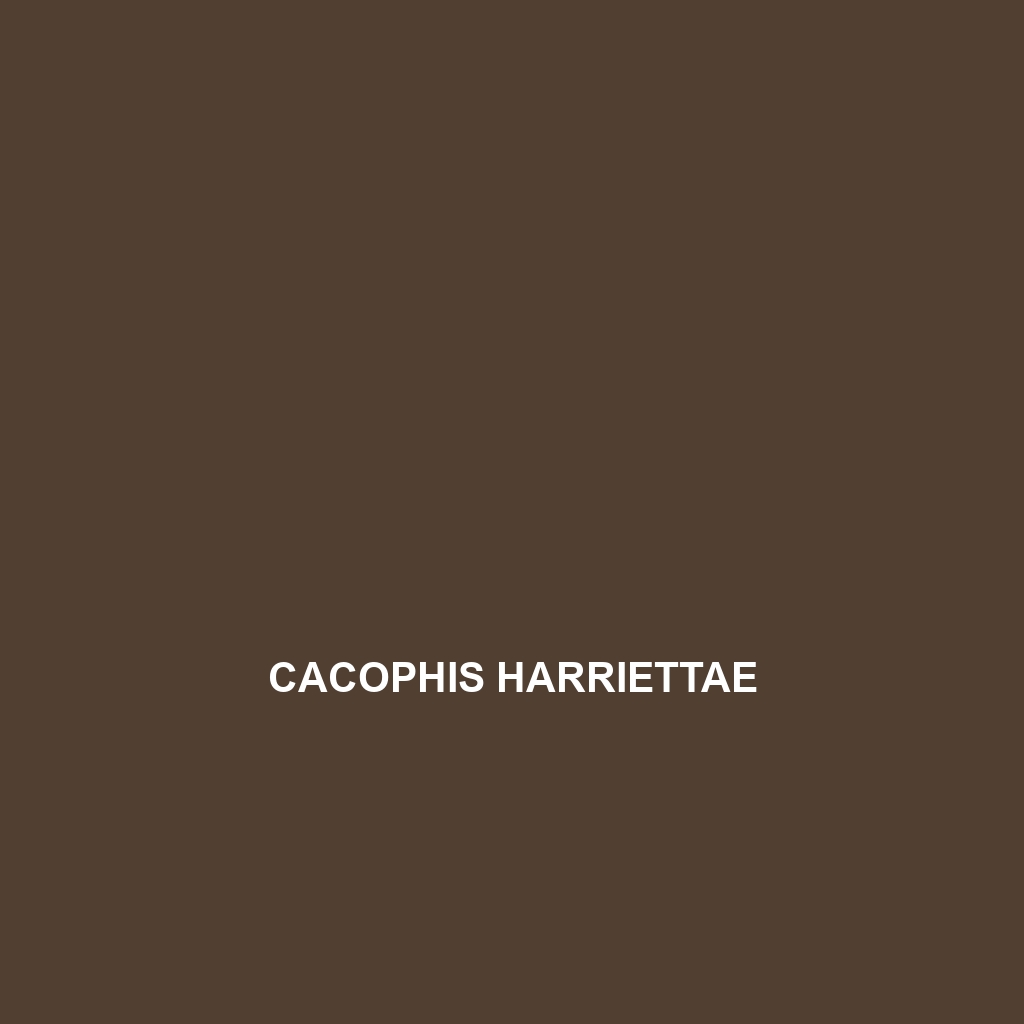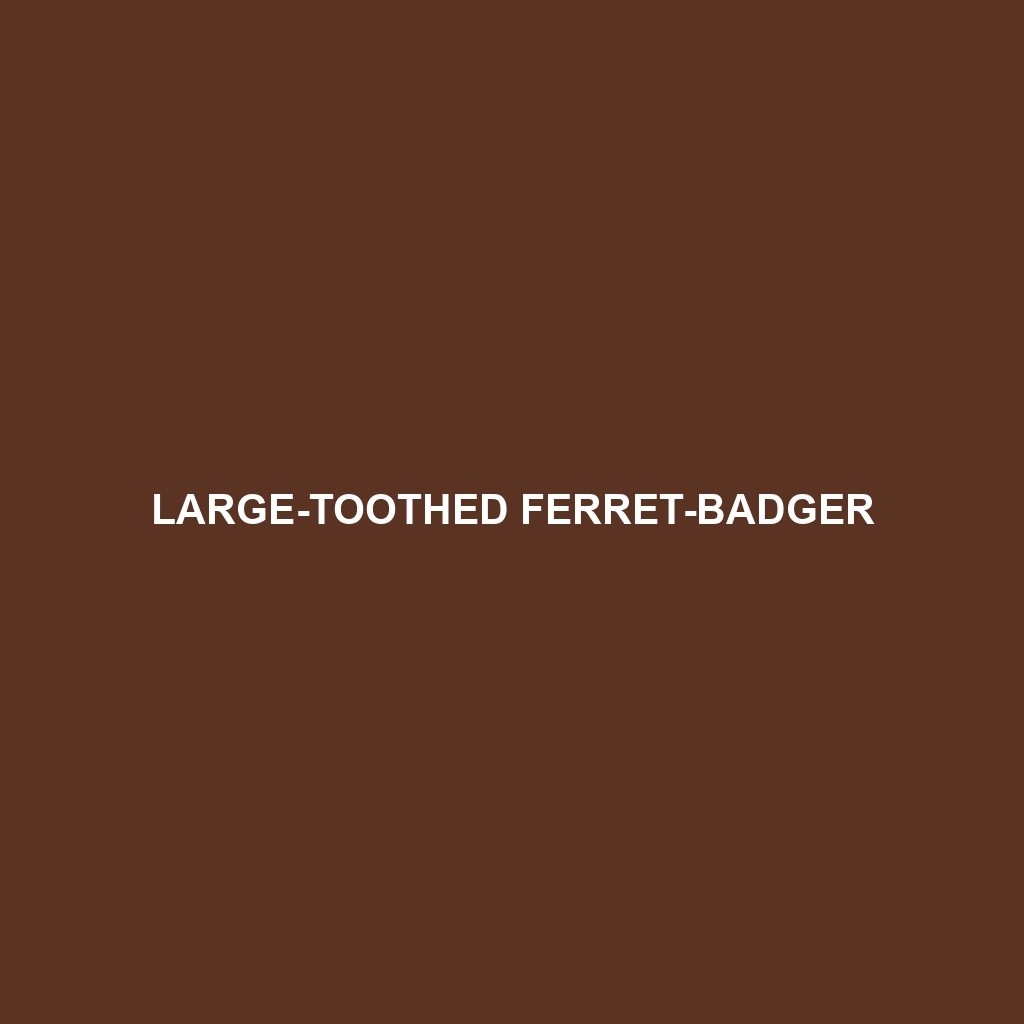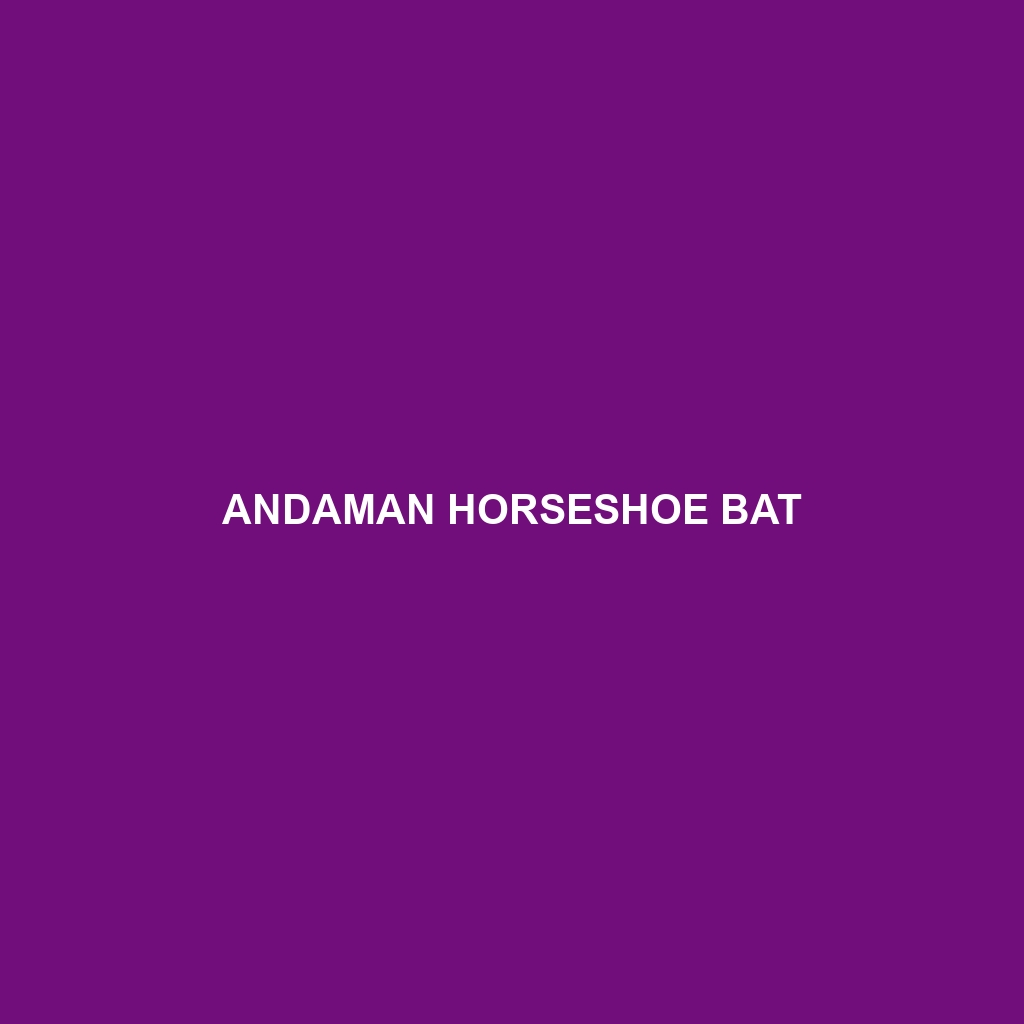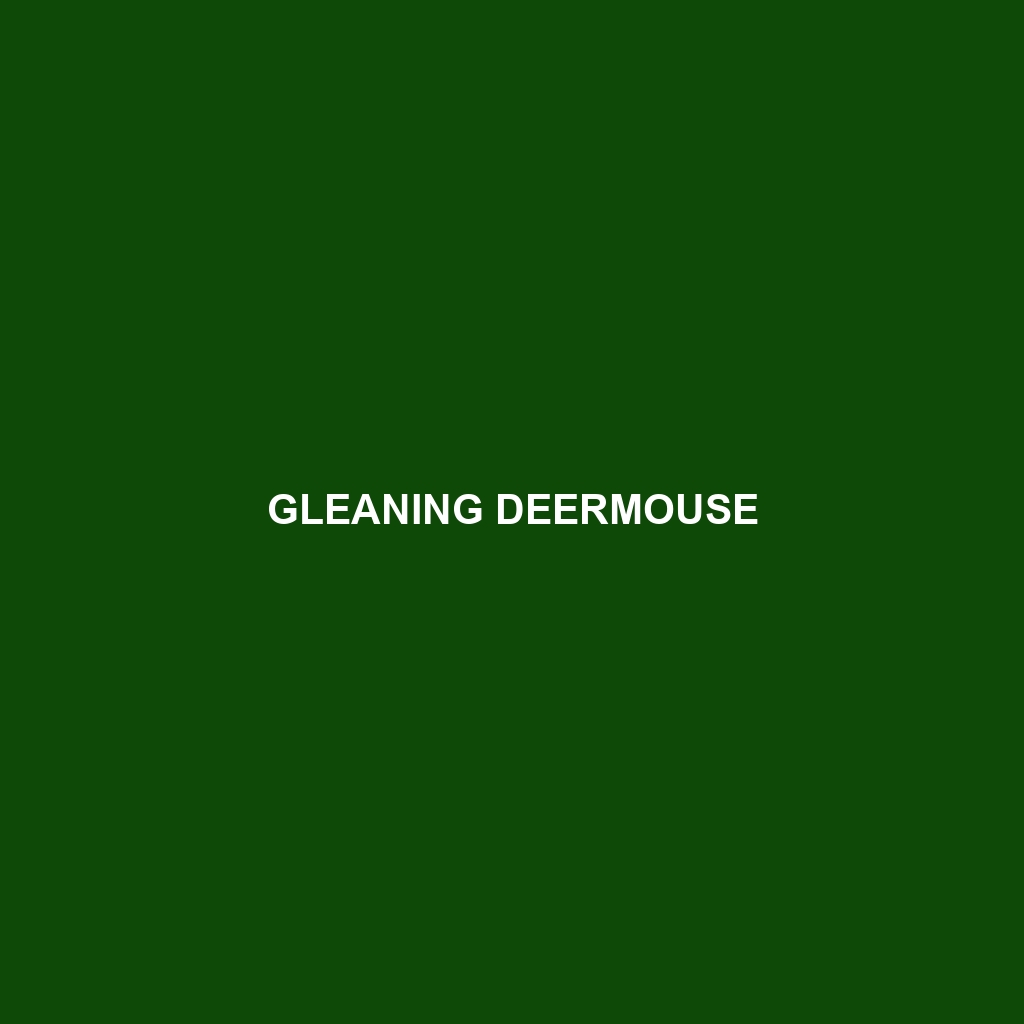<p><b>Plestiodon tetragrammus</b>, commonly known as the Four-lined Skink, is a diurnal insectivore native to the southeastern United States, characterized by its slender body, four distinct stripes, and a vibrant blue tail in juveniles. Found in deciduous forests and urban areas, it plays a crucial role in pest control and maintains the ecological balance as both predator and prey.</p>
Tag: deciduous forests
Calamaria virgulata
<h2><b>:</b></h2> <p>The <i>Calamaria virgulata</i>, or striped snake, is a small, slender snake native to the humid montane forests of Southeast Asia, characterized by its distinctive brown and yellow stripes. This nocturnal burrower primarily feeds on small invertebrates, playing a vital role in maintaining ecological balance within its vulnerable habitat.</p>
Cacophis harriettae
The Cacophis harriettae, or Harriet's cacophis, is a slender, nocturnal snake found in the woodland and grassland ecosystems of eastern Australia, measuring between 1.2 to 1.8 meters in length. This vulnerable species showcases distinct dark brown to gray scales with lighter bands, plays a vital role in its ecosystem, and primarily feeds on small mammals, birds, and reptiles.
Large-toothed Ferret-badger
Discover the fascinating world of the **Small-toothed Ferret-badger** (*Melogale moschata*), a nocturnal and sociable creature native to Southeast Asia's diverse habitats. With distinctive features and a vital role in their ecosystem, these vulnerable mammals face significant threats from habitat destruction and poaching. Learn about their behaviors, diet, and conservation efforts in this in-depth species description.
Bechstein’s Myotis
Discover the fascinating world of Bechstein's Myotis, a vulnerable bat species thriving in Europe's deciduous forests. With its distinct physical characteristics, social roosting behavior, and vital role as a natural pest controller, this medium-sized bat is essential to maintaining ecological balance. Learn about its habitat, diet, and the conservation efforts needed to protect this remarkable species.
Andaman Horseshoe Bat
Discover the fascinating world of the **Croslet Horseshoe Bat**, a vulnerable species thriving in the forests and caves of Eastern and Southeastern Asia. With its distinctive horseshoe-shaped nose and impressive echolocation skills, this nocturnal predator plays a crucial role in insect population control. Learn about its unique behaviors, diet, and the conservation efforts needed to protect this remarkable bat from habitat loss.
Lesser Wood Mouse
Discover the fascinating world of the **Lesser Wood Mouse** (*Mus angustidens*), a small, agile rodent thriving in the deciduous forests of Europe. Known for its distinctive features and vital ecological role as a seed disperser, this nocturnal creature exhibits intriguing behaviors and social dynamics while facing challenges from habitat loss. Dive into this insightful blog post to learn more about its habitat, diet, and conservation status.
Heinrichs’ Wood Mouse
Discover the fascinating world of the **Heinrichs' Wood Mouse**, a small but vital mammal inhabiting Central and Eastern Europe's lush deciduous forests. With its keen senses and remarkable agility, this nocturnal creature plays a crucial role in its ecosystem, from seed dispersal to providing sustenance for various predators. Learn about its unique behaviors, dietary habits, and the conservation efforts in place to protect its vulnerable status in our latest blog post.
Gleaning Deermouse
Discover the Gleaning Deermouse (*Peromyscus maniculatus*), a small yet vital rodent native to the deciduous forests and grasslands of Eastern North America. Known for their nocturnal foraging behavior and exceptional climbing skills, these mice contribute significantly to their ecosystems by aiding in seed dispersal and serving as prey for larger predators. Learn more about their habitat, diet, and the conservation challenges they face in this insightful blog post.
Gleaning Deermouse
Discover the Gleaning Deermouse (*Peromyscus maniculatus*), a small yet vital rodent native to the deciduous forests and grasslands of Eastern North America. Known for their nocturnal foraging behavior and exceptional climbing skills, these mice contribute significantly to their ecosystems by aiding in seed dispersal and serving as prey for larger predators. Learn more about their habitat, diet, and the conservation challenges they face in this insightful blog post.









